Threatened Plants & Animals
Threatened species are often vulnerable or at risk of extinction. As there are many threatened flora and fauna species in the Wimmera, Wimmera CMA’s efforts are focussed on landscape-scale protection of habitat. Investment is also focussed towards scientific based on-ground actions that make a difference.
Wimmera’s threatened species table
It is not only plants or animals that can be threatened, Ecological Vegetation Classes (EVCs) can also be listed, EVCs are the standard unit for classifying vegetation types in Victoria,. EVCs are described through a combination of plants, lifeforms and ecological characteristics, and through an inferred fidelity to particular environmental attributes.
Each EVC includes a collection of plant communities that occur across a biogeographic range, and although differing in species, have similar habitat and ecological processes operating.
Some threatened EVCs in the Wimmera:
Wimmera CMA’s activities include:
- community awareness raising activities
- monitoring to assess how natural resource management projects are influencing biodiversity. An example of this was Wimmera CMA’s bird monitoring program, which collected information on bird populations to provide a general indication of changes in environmental health
- providing financial support to implement projects that provide advice and financial assistance to landholders to protect remnant vegetation and carry out revegetation works on private land to create more and better habitats
- undertaking research to provide the information necessary for making better management decisions
- undertaking works and funding projects to eradicate pest plant and animals (i.e. rabbit warren ripping, blackberry, and poisoning)




